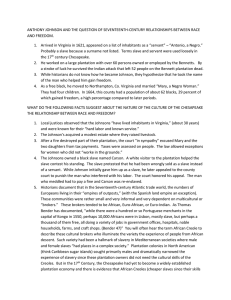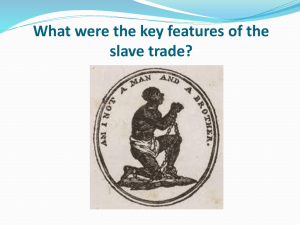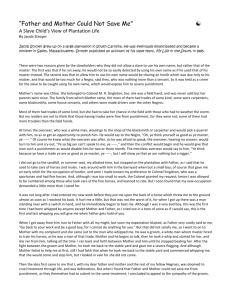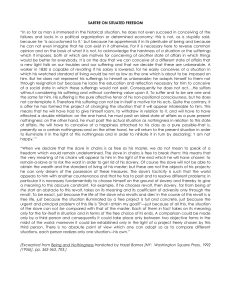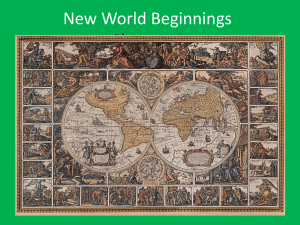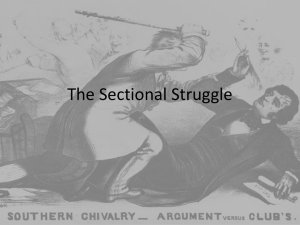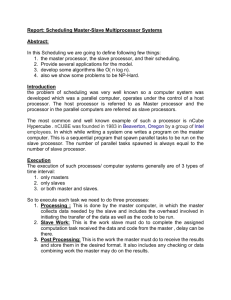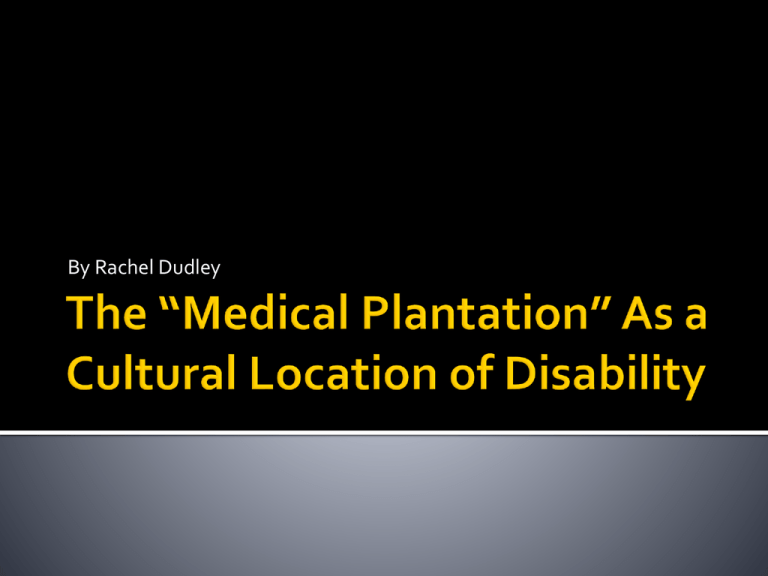
By Rachel Dudley
19th century Coconstructions of race,
gender, and disability
The role of slave women
and disability in the
development of modern
gynecology
Situating the “medical
plantation” as a cultural
location of disability
What ever happened to en-slaved
peoples with chronic illnesses and
disabilities on the slave plantation?
Case demonstrates how black female
‘pathology’ and disability were
transformed from abnormalities and
impediments to economic activity and
reproduction.
Remembered as
“Father of American
Gynecology”
“Father of Modern
Gynecology” and
“Architect of the
Vagina”
Experimented on slave
women between 1845 and
1849 in Montgomery Alabama
Tear between vagina and
rectum
Leading to incontinence
Invention of
speculum
founded on
slave women’s
bodies
Founded the Women’s Hospital in New York
in 1855- a “charity” hospital for the poor
Began performing live
surgeries in front of other
medical men by the 1870s
“Sims had a great love for the
theater and everything dramatic,
and he was fascinated by P.T.
Barnum’s combination of master
showmanship”… (Kapsalis 1997, 33)
(1) Racial Characteristics
(2) Sex Characteristics
(3) Visico-Vaginal Fistula
Until Mid 1800s preserving life
held higher value in medical
professionalism than alleviating
suffering (Pernick 1985)
Developed in 1846 by a
Boston dentist
“Not only were the painful punishments
administered to slave women by masters and
overseers seen as a kind of “preparation” for
the rigors of anaesthetized surgery, but
slaves were viewed as genetically more
predisposed than whites to the kind of
domestication that trained them to bear
pain” (Kapsalis 1997, 40)
Continuing to examine disability and chronic
illness on the American slave plantation through
various representations:
Slave narratives/Literature
The Auction Block
Slave Ledgers
Fugitive Slave Flyers






